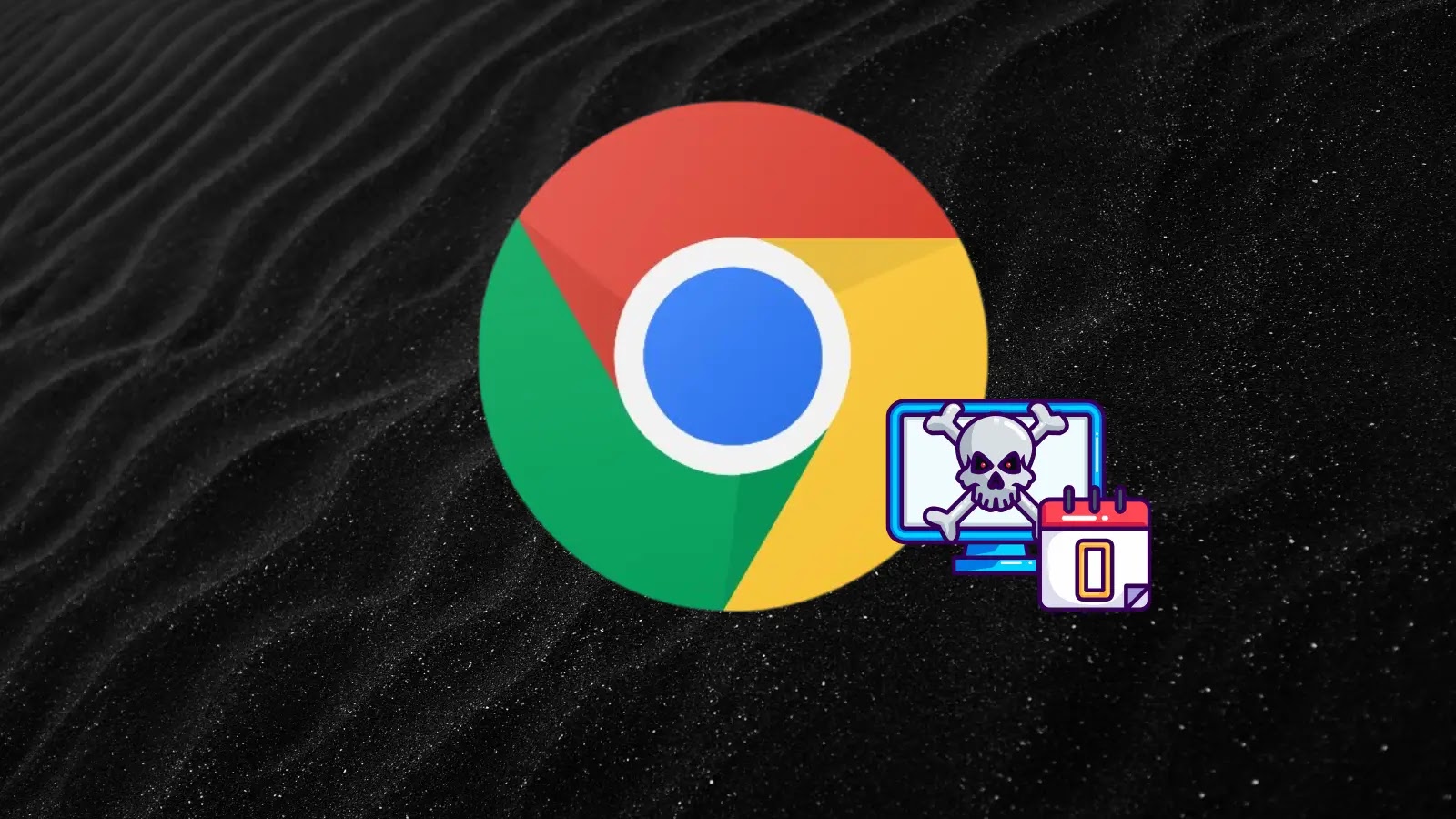
Google Chrome 0-Day Vulnerability Actively Exploited in the Wild – Patch Now
Urgent Chrome Alert: Zero-Day Exploit Demands Immediate Patching
A critical threat has emerged for Google Chrome users. Google has just released an emergency security update addressing a high-severity zero-day vulnerability, actively exploited in the wild. This isn’t a theoretical risk; attackers are already leveraging this flaw. For anyone using Google Chrome, immediate action is not merely recommended but essential to protect against potential attacks and data breaches.
Understanding the Threat: CVE-2025-10585
The vulnerability, tracked as CVE-2025-10585, represents a serious security lapse within the Chrome browser. A zero-day exploit signifies that the vulnerability was known and exploited by malicious actors before a patch was made available. This leaves users susceptible to a range of attacks, from arbitrary code execution to data theft. While Google has not yet disclosed the full technical details of the exploit to prevent further abuse, the urgency of their patch release underscores the severe risk this poses.
You can find more details about this vulnerability as they become available on the official CVE database: CVE-2025-10585.
The Rising Tide of Browser Zero-Days
This isn’t an isolated incident. The discovery and active exploitation of CVE-2025-10585 is the latest in a troubling series of zero-day vulnerabilities affecting popular web browsers. Attackers increasingly target browsers due to their pervasive use and access to sensitive user data. Each new zero-day highlights the need for constant vigilance and proactive security measures, especially for applications like Chrome that serve as a primary gateway to the internet for billions.
Remediation Actions: Patch Now
Immediate action is crucial. Here’s what you need to do:
- Update Google Chrome Immediately: This is the most critical step.
- Open Chrome.
- Click the three vertical dots (More) in the top-right corner.
- Go to Help > About Google Chrome.
- Chrome will automatically check for and install updates. Restart your browser when prompted to apply the update fully.
- Verify Your Chrome Version: Ensure you are running the latest version. Google typically rolls out patches rapidly, so confirm your browser is up-to-date after the update process.
- Promote Awareness: Inform colleagues, employees, and family members about the urgency of updating their Chrome browsers.
- Implement Browser Isolation (for advanced users/enterprises): Consider using browser isolation technologies to further compartmentalize browsing activity and mitigate the impact of future zero-day exploits.
Security Tools for Proactive Defense
While patching is the immediate solution, a robust security posture involves continuous monitoring and the use of appropriate tools. Here are some categories of tools that can aid in detecting and mitigating browser-based threats:
| Tool Name/Category | Purpose | Link (Example) |
|---|---|---|
| Endpoint Detection & Response (EDR) | Monitors endpoints for suspicious activity and can detect exploit attempts. | CrowdStrike |
| Vulnerability Management Software | Identifies unpatched software and configuration weaknesses across an organization. | Tenable |
| Secure Web Gateways (SWG) | Filters internet traffic, blocks malicious sites, and prevents malware downloads. | Zscaler |
| Browser Security Extensions | Adds an additional layer of security by blocking ads, trackers, and malicious scripts. | uBlock Origin |
Conclusion: Stay Vigilant, Stay Secure
The active exploitation of CVE-2025-10585 in Google Chrome serves as a stark reminder of the persistent and evolving threat landscape. Timely updates are the first line of defense against zero-day attacks. For IT professionals, security analysts, and end-users alike, maintaining updated software, particularly web browsers, is non-negotiable. Prioritize this update, disseminate the information, and reinforce a culture of proactive cybersecurity to safeguard digital environments.





